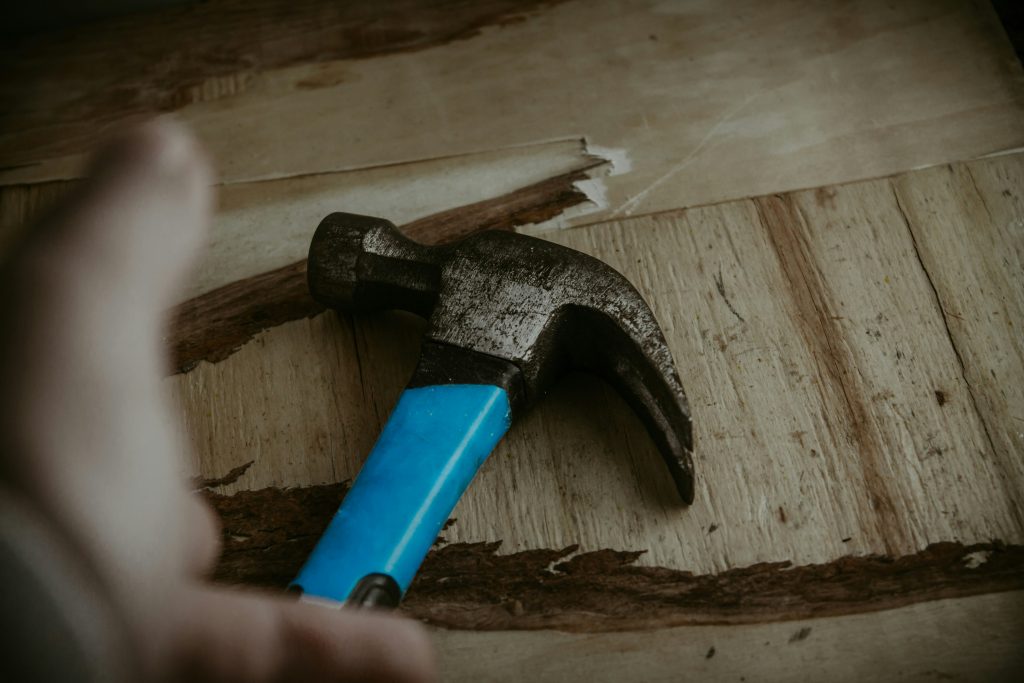
Introduction
Deciding between installing new flooring or restoring your current one can be a tough call. In this article, we’ll provide a complete guide to help you make the best decision based on your home’s current condition and your budget.
1. Understanding Your Needs
1.1 Assessing Your Current Space
Before making any decisions, it's essential to evaluate the current condition of your home. Consider the structural integrity, style, and functionality of your spaces. Knowing what you truly need and want will help you decide if new flooring or restoration is the better option.
1.2 Defining Your Budget
Your budget is one of the most important factors in this decision. Setting a realistic budget that includes all costs is crucial—not just the cost of new floors or restoration, but also any moving expenses, taxes, permits, or professional services.
2. Advantages of New Flooring
2.1 Modern Design and Efficiency
New flooring often comes with modern materials and energy-efficient construction that can save you money in the long run. From better insulation to updated design trends, newly installed floors can boost comfort and value.
2.2 Low Maintenance
New floors typically require less maintenance in the early years. You won’t have to worry about immediate repairs, letting you enjoy your home with less hassle.
2.3 Customization
When installing new flooring, you usually have the option to customize finishes, materials, and layout—giving you a space that matches your exact style and preferences.
3. Advantages of Restoration
3.1 Historic Value and Character
Restoring original flooring can preserve historic charm and unique character that many modern homes lack. Architectural details and craftsmanship are often a highlight of older spaces.
3.2 Potential Savings
In some cases, restoration may be more affordable than installing new floors—especially if you already own the property. Reusing existing materials can also help cut costs.
3.3 Sustainability
Restoring existing floors is often more eco-friendly. You’re reusing what’s already there instead of consuming new resources—great for the planet and often a plus for resale value.
4. Cost Comparison
4.1 Purchase Costs
Compare the cost of new flooring installation versus restoration. Don’t forget to factor in taxes, permits, and additional services.
4.2 Hidden Costs
Be aware of hidden costs in both options, such as ongoing maintenance, unexpected repairs, or prep work. These can impact your overall budget significantly.
5. Factors to Consider
5.1 Location
Location plays a big role. New floors in a desirable area may increase long-term value, while an older home in a less favorable location may not. Consider neighborhood trends and resale potential.
5.2 Time and Effort
Restoring old floors may require more time and effort than simply installing new ones. Ask yourself how much time and energy you're willing to commit to the process.
6. Conclusion
Ultimately, choosing between new flooring and restoration depends on your personal needs, budget, and lifestyle. Take the time to explore your options and make a decision that aligns with your long-term goals.
Ready to take the next step in your home improvement journey? Contact us at Dingdoor—we’re here to help you find the best solution for your space. Your perfect home is just around the corner!

